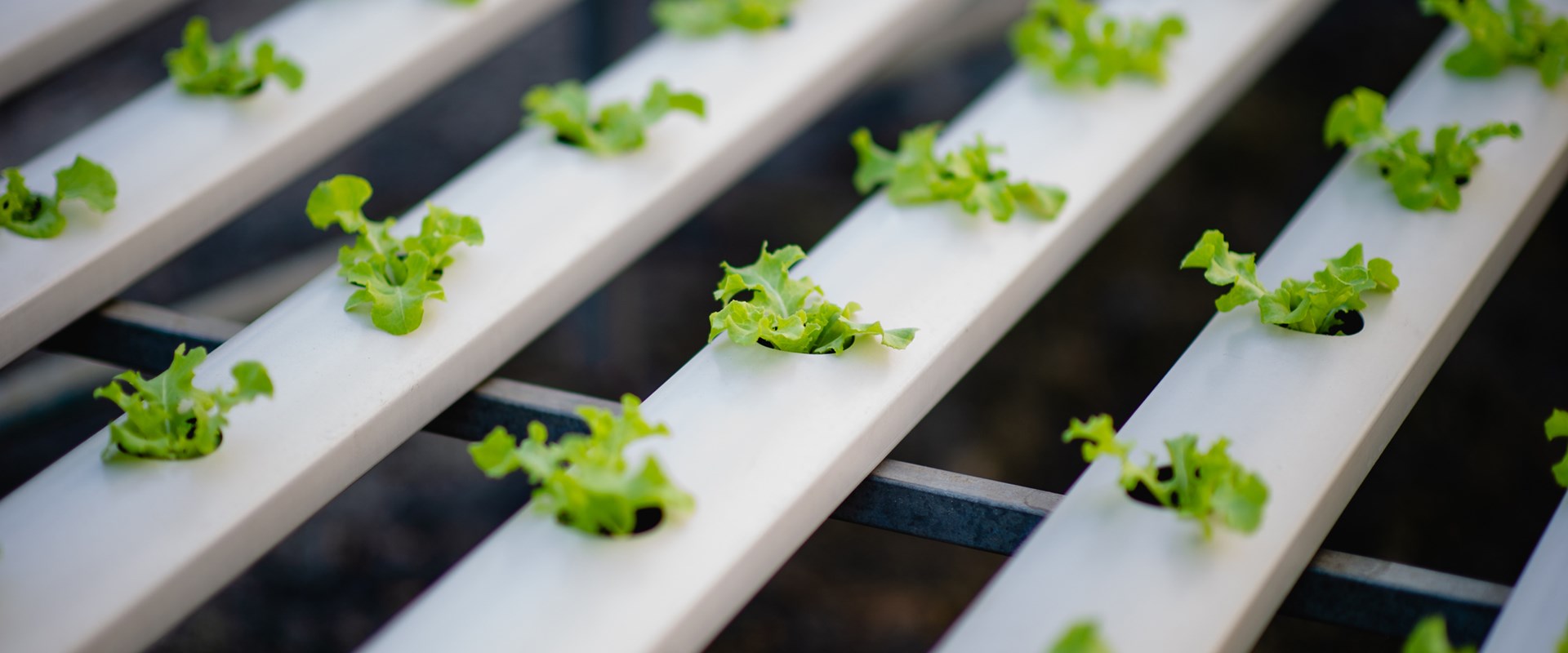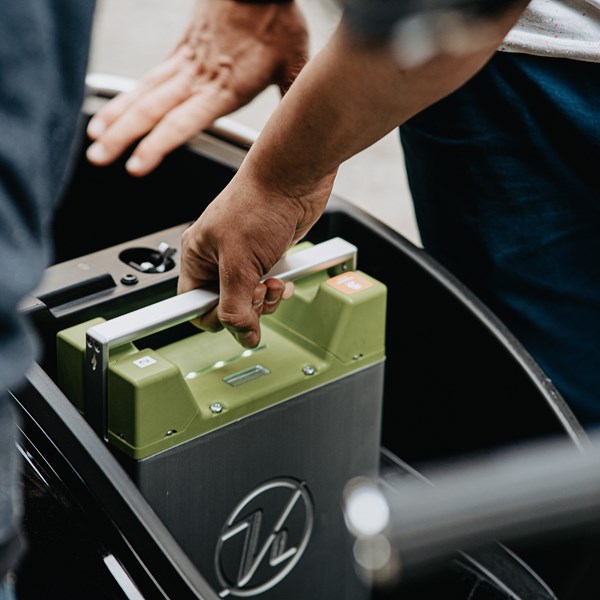You may have seen my recent article explaining how some aspects of vertical farming will require particular attention, and some resourceful patent claiming approaches, when initiating an intellectual property protection programme in this technical area. In this second post I look at some real-world updates, to convey some further, practical advice on protection approaches.
Nottingham Trent University (NTU) has just published a press release on its latest vertical farming project, a two-year programme to build two ship container-scale vertical farming modules. The NTU project nicely highlights several more areas in which patent drafters must take particular care when seeking to protect innovations in this expanding technical area.
The first of these is that the technology explained in the NTU post will be deployed in a modular format.
This brings many advantages, especially (as explained in the NTU article) the ability to bring farm production close to locations where consumption occurs, meaning among other things that farms can be created in cities, thereby reducing the transport overhead (in financial and carbon footprint terms) of food distribution.
Moreover, the farm modules themselves may be built in factories and readily delivered in a standardised, ready-to-use form.
Many vertical farming inventions therefore undoubtedly will adopt a modular format.
Defining modular inventions in patent claims however can be challenging.
This is not because it necessarily is hard to define the features of an individual module in a patent claim; but getting the claim language right for the situation when two or more modules are connected together can be difficult.
This in turn may be because the definition of an individual module typically will be “closed” in the sense that it is self-contained. This of course is desirable from the standpoint of patent office clarity requirements such as Article 84 of the European Patent Convention; but it can lead to a situation of a dependent claim (to a plurality of interconnected modules) implying modification, or perhaps even outright contradiction, of an independent claim directed to a module when considered on its own.
In other words, the module as defined in its closed, individual format may not reflect the feature combination that arises when modules are combined - for example because connections between the interiors of modules need to be defined, thereby taking away any characteristic of imperviousness.
Whether one addresses this problem by (a) defining an open module in the first place - thereby perhaps excluding from protection a single, closed module but allowing connection and substance exchange features; or (b) including a second independent claim directed to two or more operationally connected modules, will depend on circumstances and budgets. However, it should prove possible to argue that when two independent claims (to single and connected modules) are included they are unitary with one another, and this may make such claims easier to contemplate.
The NTU article also identifies the interdisciplinary nature of vertical farming inventions - part of the technology relates to the containing hardware of the farm environment; and part to the growing media (and the method of distributing the media in the modules).
Aspects of biology are likely to feature as well; and this strongly suggests that drafting of a patent application for vertical farming developments frequently will call for a cross-disciplinary team of professionals. Only those drafters with access to true expertise in all the likely disciplines will be able to optimise the protection strategy for applicants.
One thing that is certain is that agriculture is changing at least as fast as any other area of human endeavour - events such as the forthcoming Economist seminar on the Future of Food demonstrate this - and the IP professional must use all tools at his/her disposal in order to maximise protection for applicants working in this area.
If you have any questions regarding projects involving the protection or commercialisation of vertical farming techniques or any other food tech or agritech technology, please contact our specialist food and agritech team today.







